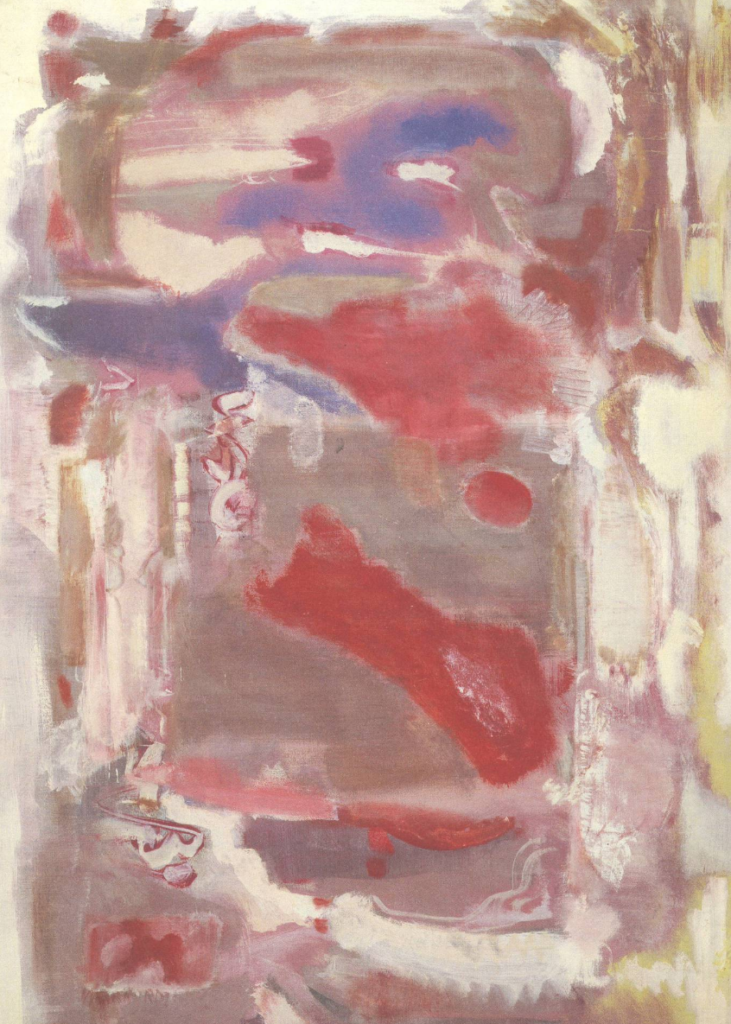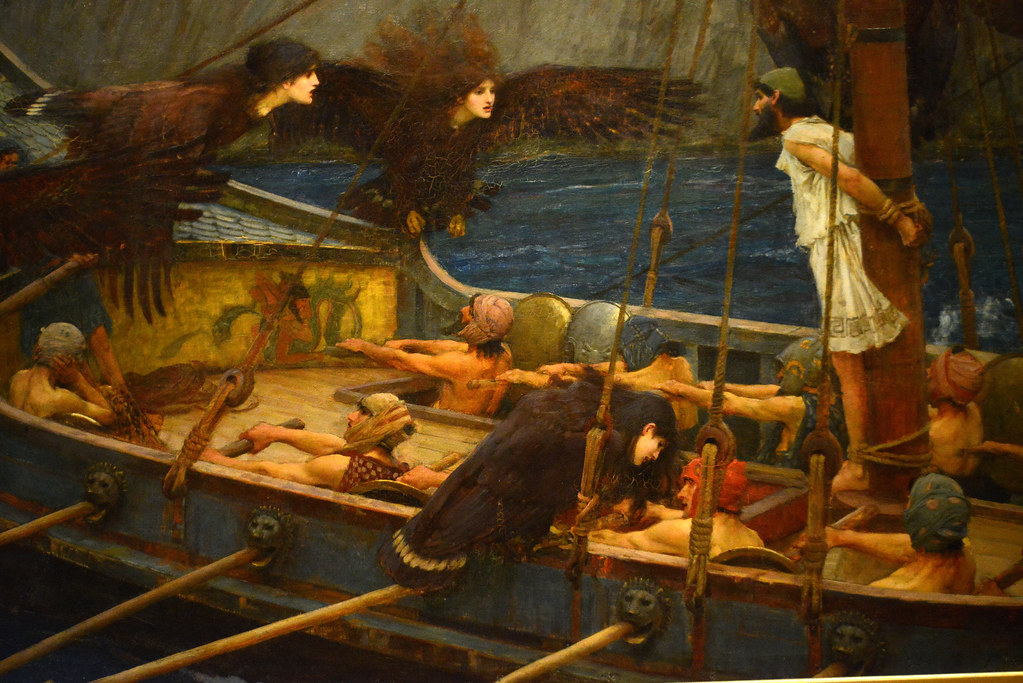
VIGESIMAL OBLIVIOUSNESS – FORGETTING THE 20th CENTURY (AND SEX TOO!)
Without much pre-planning, I’ve been generating a series of pieces addressing the project of restoring America. Thus far here, here, here, here, and here.
Here then is another brick in the great reactionary wall. Let us explore the benefits of forgetting. Restoring, after all, involves both an act of repair and an act of cleaning up.
Our task is to clean up ugly things – the croaking and squeaking of terrible music, the horror-inducing smears of awful art, and a culture guided by vulgarity, cynicism, and hysteria. What then is uglier than the 20th century? Let’s clean it up and forget about it.
The 20th century truly began in 1914, with the Great War. Until then it had been the world of the 19th century: Keisers and Emperors, honor and duels, adventure and piety, and much beauty in all the arts (yes, a degenerative fin de siècle decadence was already beginning to take shape, but nothing like what followed).
The war changed everything. The world of yesterday became the world of the 20th century. The Second World War, which perhaps on the German side was a weird, vicious, and hysterical attempt to bring back the aesthetics of the 19th century, has clearly only cemented the unleashing of everything ugly.
Ugliness in Everything
We are so programmed by the 20th century that it’s difficult to understand the depth of our unnatural corruption. Nobody living prior to 1920 would look at this thing and imagine it to be art –

For them, art was what it had always been since time immemorial – a celebration of beauty, even when the subject was difficult.

I’m trying to say something profound here – we are now three to four generations into not knowing what beautiful things are. Our heads are filled with ugly nonsense. In many art academies, you won’t even find TEACHERS who can teach you how to paint properly. In sculpting the situation is even worse. Nobody can do Bernini anymore. We are like chained dogs raised in a dark shed. We think life is the bowl of kibble served to us once a day, having no idea about the beautiful world outside.

Ugliness and Sex
The ugliness of ugly art is perhaps relatively easy to detect once one discovers beautiful art. Other forms of ugliness, however, are lodged very deeply in our psyche, programming the way we relate to life without our knowledge. Such is the case of sex.
Given humanity’s demographic persistence, people have clearly always had sex. Despite what the 1960s presumed to teach us, people had even excelled at sex, without being forced to talk much about it. Porn and sex manuals have been with us since we discovered the ability to draw on cave walls, but until the 1960s, discussing such things would make most people blush. Sex used to be a thing to be discussed only in absolute privacy.
The “sexual revolution” of the 1960s (which had been in preparation for at least a generation prior) is said to have “liberated” our attitudes towards matters of intimacy. We are now free to observe explicit acts of sex, engage in any act of sex, normal or depraved, without any sense of shame, and talk about it freely and openly.
I’ll leave morality out of it. None of my readers needs Uncle Romo to preach about the blasphemous ugliness of porn. But again, I would like to point to the history of this thing – our total obsession with sex was NOT there in generations past.
Any survey of pre-1960s Western art and literature reveals indeed much eroticism but in a subtle way. It is the eroticism of Now Sleeps the Crimson Petal or Psyche and Amor, an eroticism of beauty and intimacy.

The novelists and playwrights of the 19th century had none of our bizarre need to introduce sex scenes to every work of fiction. Love was naturally a central and common theme, but not the workings of the bedroom (or the S&M dungeon). This allowed the writers of the past to explore much richer themes and subjects, without being forced to lead everything into the tediousness of erections and naked breasts.
Popular culture was relatively sex-free too. No 19th-century women’s magazine would feature pieces, so common nowadays, instructing females in “How to Please Your Man in 50 Ways.”
The whole tiresome rite of passage of “losing one’s virginity” (remember Donna Martin from 90210?) was not a thing. The rite of passage was marriage.
Bad or good (certainly bad but as stated – I shan’t moralize), this is an example of the spores of the 1960s being injected deeply into our brains, compelling us to relate to the world and to one another in ways that would be unrecognizable to our ancestors. A world of beauty, sublime music, and intimate love is replaced by a hell dimension of ugliness, screeching sounds, and obsessive porn.
Forget the 20th Century
I recommend an extreme solution. Forget the 20th century. Call it vigesimal obliviousness. Perhaps it’s a form of LARPing, but to your children, it will feel natural. Just like the effortless faith of the children of parents who have converted to religious orthodoxy.
Speaking of children, what I recommend here is something many children do automatically. As in the famous case of J.D. Vance told in his recent autobiography – when a parent inflicts abuse, the child may turn to the safety of a loving grandparent. Our parent is the 20th century. It has abused us and taught us nothing but ugliness, depravity, false concepts, hysteria, and stupidity. Let us turn to our grandparents, there is much beauty and infinite love to be found with them.
Follow us on Twitter!
And sign up for updates here!